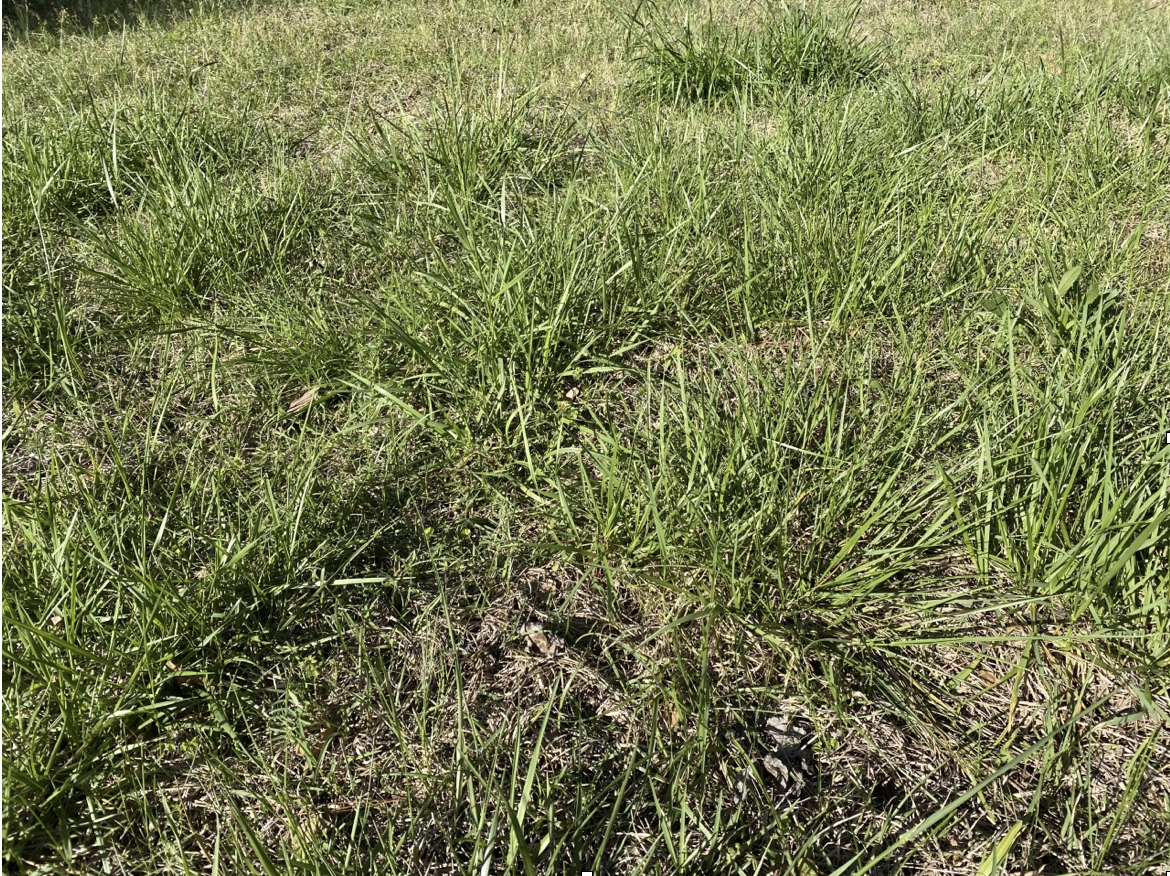
Anyone who has managed a pasture and who has some observational skills knows that the botanical composition of a pasture changes over time. Often this is at least partly due to the alternating growth of warm season and cool season species, but some of it also results from some plants dying and being replaced by other plants.
Most pastures, even those dominated by perennial plants, contain some volunteer warm season and cool season annual weeds. Annual plants live only a few months, after which they die simply because they have reached the end of their life cycle. In addition, warm season annual forages such as annual lespedeza, or cool season species such as annual ryegrass, may also volunteer or be planted periodically.
Even the populations of perennial plants (both weeds and forage crops) in a pasture change over time as well. Some perennial plants are genetically programmed to have a longer potential life span than others, but in many situations, perennial plants die prematurely because conditions don’t allow them to survive any longer. In other words, they die because they have been stressed to the point of death!
Some stresses plants may face include drought, flooding, heat, cold, defoliation, treading, shading, soil acidity or alkalinity, low fertility, insect or nematode damage, and diseases. Obviously, some species of plants are better able to handle certain stresses or combinations of stresses than other plants.
Interestingly, while a particular stress (for example, drought) may be hard on all plant species in a pasture, it will be especially hard on those that are least tolerant of that stress. Because plants in a pasture are in competition with each other, a stress that weakens or kills the plants that are most susceptible to it may ultimately reduce or eliminate competition for plants that recover. Therefore, non-lethal stress, though harmful to a plant in the short run, may actually favor its survival in the long run.
However, regardless of weather or management conditions, there almost always are some plants in a given pasture that are dying, or in danger of dying soon. Even at times when conditions seem favorable for plant growth (temperatures are moderate, soil moisture is adequate, soil fertility is good, etc.) some plants will grow faster than others, allowing them to outcompete their neighbors. For plants, being outcompeted often eventually leads to death.
Forage stand declines often result from simultaneous exposure to more than one stress. Low fertility can make diseases more likely and will also favor invasion by some weed species. Prolonged overgrazing or frequent, close clipping weakens many forage and weed species, thus making plants more vulnerable to other stresses. Similarly, severe drought stress coupled with defoliation by armyworms sometimes results in death of perennial forage grasses that otherwise would not be killed by armyworm defoliation alone.
Conclusion
Forage plants are in competition with other forage plants and with weeds. Stresses resulting from weather or soil conditions, pests, and management practices favor some plants over others. Frequently, multiple stresses that individually would be of rather minor consequence occur simultaneously, and may create a stress load that results in death of the plants least able to tolerate it.
It makes sense to exercise management that amounts to treating pastures and hayfields as well as we can (within reason). After all, we don’t know what sorts of uncontrollable stresses may be coming in the near future. Therefore, good pasture management exercised in the present increases the likelihood of a thick, productive forage stand in the future.
__________________
Foraging Ahead is a column presented by Ragan & Massey and written by Dr. Don Ball, Professor Emeritus at Auburn University. Dr. Ball is one of the authors of the popular book “Southern Forages,” which can be found via a computer search that uses the words, “Southern Forages, The Fertilizer Institute.”
